Did you know? May is Skin Cancer Prevention and Detection month!
It’s time to schedule your annual checkup at the dermatologist and to make daily sun protection a staple in your skin care regimen. While you’re at it, pick up a few extra tubes and pack your beach bag, purse, diaper bag and boat with holistic sun protection too! How do you know its safe, you ask?
Here are a few guidlines for choosing a Pure Esthetics “approved” sunscreen:
- Choose Zinc Oxide– The naturally occuring mineral, Zinc Oxide, is the ultimate ingredient in sun protection. It physically shields the skin from both UVA & UVB rays, which makes it a natural form of broad spectrum protection. Ideally, you want to find a sunscreen that lists Zinc Oxide as the only “active” ingredient; however, it can be a challenge. Sometimes you’ll find both zinc oxide and titanium dioxide listed together, which is less ideal, because titanium dioxide has been found to cause free radical damage (no good!) when exposed to the sun.
- Give Chemicals the Boot- Many mainstream sunscreens are also formulated to include chemical ingredients, such as oxybenzone (benzonephenone-3), octinoxate and avobenzone. Instead of physically blocking the UV rays, these ingredients absorb and filter UV rays in the skin by way of a chemical reation. For many years, the industry believed this was an advantage, because it allowed some UV light to be absorbed by the skin for Vitamin D production. However, research is showing that these chemicals actually heat the skin to unproductive levels and create adverse free radical damage. So really, the negative impact of these chemicals outweighs the possible therapuetic advantage. Chemical sunscreen can also be especially irritationg to those who suffer from rosacea, eczema or lupus, as the heat and free radical formation exaccerbate these skin conditions. Furthermore, oxybenzone and octinoxate are endocrine (hormone) distruptors, irritants and are non-biodegradable. Oxybenzone was named “Allergen of the Year” in 2014, by the American Contact Dermatitis Society and octinoxate has been found in human urine, blood and breast milk, confirming its ability to travel to the blood stream. Avobenzone is not an ideal chemical sunscreen, as it breaks down too quicky to offer appropriate protection, which in turn, causes free radical damage to the skin, a greater risk for skin cancer and accelerated aging.
- Find “Non-Nano” Particle Zinc– Zinc oxide is a naturally occuring mineral that lays on the surface of the skin to block UV light. However, like anything else, over time, chemists have tweaked zinc’s natural state and found a way to make the mineral particles “nano” (or smaller). Because nano particles are so tiny, there is concern they could enter the bloodstream through the skin, which is associated with its own set of risks. To ensure safety, it is best to use “non-nano zinc” paricles, which are greater than 100 microns.
- Avoid the other following ingredients:
- Retinyl palmitate is a photosensitizer, which means it makes your skin more sensitive UV rays and more susceptible to sunburns/skin cancer.
- Parabens are inflammatory endocrine distruptors. They are easy to find in the ingredient deck, as they are usually close to the bottom and contain “paraben” somewhere in the name.
- Phthalates/fragrance are irritants. Avoid them in all your skin care products, as they are distrubtive to the endocrine system and associated to many allergies.
- PABA is actually a naturally occuring chemical compund found in folic acid, which has the ability to block UVB rays. The concern here, is the increase in allergic reactions and sensitivity when using sunscreens formulated with PABA. Maybe you’ve experienced the stinging sensation in the past!
- 1, 4 Dioxane/PEG (Polyethylene, Polyethylene glycol, Polyoxyethylene) is a carcinogen that is said to be found in nearly one third of cosmetics. It can be inhaled or absorbed through the skin. Significant exposure has been linked to an increase in cancer and damage to the liver and kidneys.
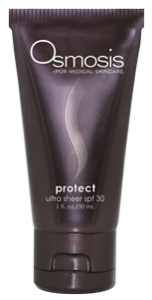
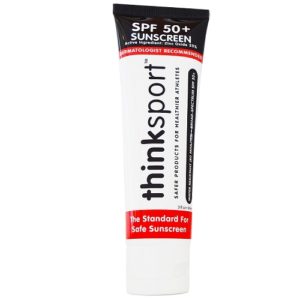
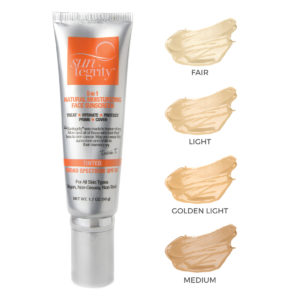
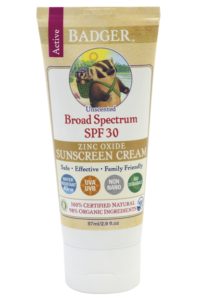
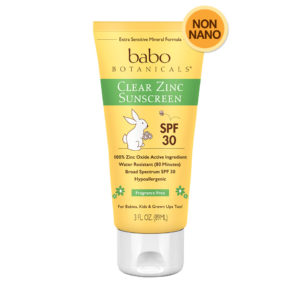
Too much to think about?! Here are five of my favorites that all meet the guidelines:
Osmosis Protect is a new formulation by one of my favorite companies! It is a nourishing, anti-aging daily spf that is light and sheer with a beachy scent. Protect has encapsulated the zinc particles with non comedogenic oil, which allows the zinc to lay on the surface of the skin, but leaves a soft and dewey texture. You can purchase Protect by contacting me or ordering here.
Thinksport/Thinkbaby can be found at Target and Walgreens. They are the same formulation, just marketed differently. Both meet the guidlines and are pretty inexpensive for the quality! They have a fresh scent and creamy texture.
Suntegrity is one I’ve use for years. I love it for its awesome tinted 5 in 1 treatment/moisturizer/primer/concealor/sunscreen which is filled with antiaging ingredients and has a sweet watermelon scent. You can purchase by contacting me or searching the Suntegrity website for a retailer near you!
Badger/Babo are both great brands that I’ve used in the past. Both brands meet the above guidelines and have several formulations. Badger has a sunscreen that is bug repelling and Babo has a non-nano, clear zinc formula! They are both sold at our local grocery store, Wegmans.
Here’s to safe and happy sunning this season!
Note: I do not recommend the purchase of any professional cosmetic product from websites such as, Amazon, eBay, Walmart, Jet or the like. Typically, those products, that are being sold below or near wholesale cost to the general public, have either been obtained illegally or are not authentic. Your skin is not worth the risk! Support your skin professional and small, local businesses!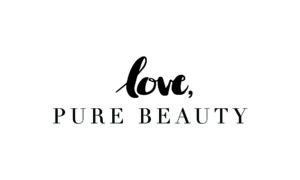
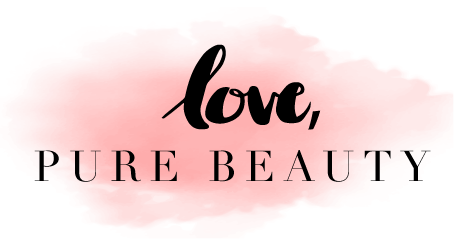
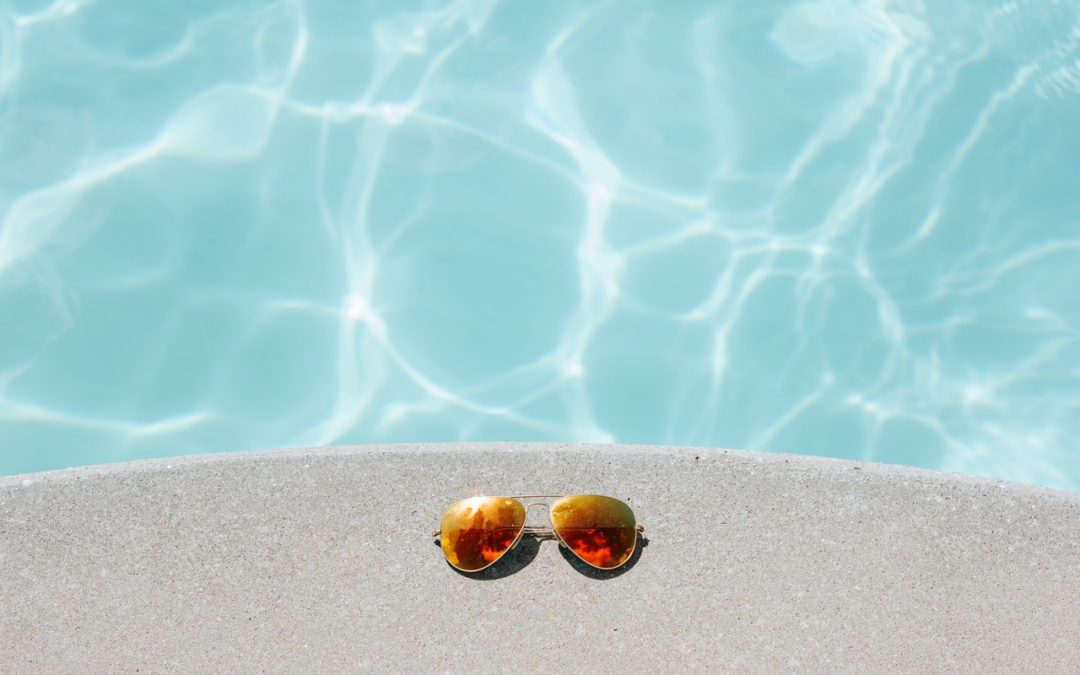

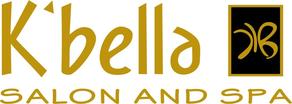
A great & informative article. I’m off to buy sunscreen! 😎
Thanks for reading!!! <3
Bought mine at Wegmans. Thanks for your thoroughness!
Good! Keep being diligent. It will pay off! <3
So glad you introduced me to Osmosis Protect! Ps. the site looks great
Thank you, Chelsea! I’m so glad to have met YOU! 🙂